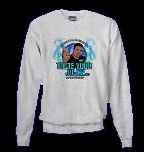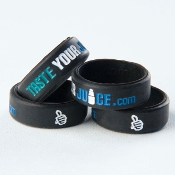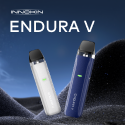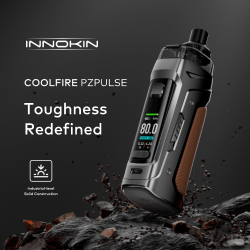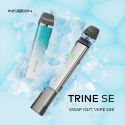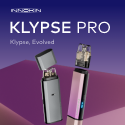Hey everyone! I’m digging through a breathtaking pile of emails following the return from our China trip and the email I’ve answered the most are those around questions about new firmwares that support TCR values for your mods.
So rather than continuing answering more emails with the same information, let me see if I can help here.
First, what does TCR stand for? It’s the Temperature Coefficient of Resistance. It’s basically a number that describes how the resistance of a material (in our case, the wire we use to build or the wire contained in coil heads) changes as it’s temperature changes.
Yeah, we’ve managed to make temperature control as complex as possible, I understand, so let’s ignore the tech and see what the number really does.
In a nutshell, the value allows you to tune your mod to be as accurate in temperature control as possible when using materials not inherently supported by your device.
You see your mod or device is tuned for specific alloys when it comes to temperature control. So on your screen you may see a setting for SS. That’s stainless steel right? Simple as that right? Well, if you’re using a stainless steel temperature control coil from the SAME manufacturer as your mod then yes, it’s probably that simple, but if you’re not… then no, not really.
This is what I mean when I say, “inherently supported by your device”. So on your screen you may see just SS, TI, and NI, but in reality, it’s tuned for (for example) :
- SS = SS 316
- TI = TI1
- NI = NI200
There are many different versions or alloys of metals. This trips temperature control up, but it can solved by the implementation of a TCR value.
The big offender here and a good metal to look at for example is stainless steel. There are many different alloys:
- 302
- 304
- 316
- 316L
- 317L
- 430
- Etc.
So when you see SS on your device, it’s typically “tuned” for the same SS alloy used by that manufacturer’s coil heads. So you put a Kanger SS TC coil head on your Kanger device set for SS and you’re good to go, no worries about the alloy or TCR value.
BUT… what if you’re using a material that the device is NOT tuned for? Let’s say the SS setting on your device is actually tuned for 316 SS, but you’re using a 304 SS in your rebuildable dripper or tank. Or what if you want to use another manufacturer’s tank on your device and they use 316L in their heads. Can you still get temperature control as accurately as possible even though your device doesn’t inherently support the material you’re using. YES… this is where the TCR value comes in.
The TCR value allows you to tune your device for the material you’re using even though that material may not be inherently supported under the material settings to get temperature control as accurate as possible.
So your device has settings for SS, TI, & NI. And you know the SS setting is tuned for 316 SS, but you want to use 316L SS. You would use the TCR setting NOT the SS setting, and enter the TCR value for 316L SS.
Another example is TI. Most devices are tuned for TI1, but you want to use TI2 or perhaps another TI on the market such as Sweet Spot’s. You would not use the TI setting, but rather the TCR setting and dial in the TCR value for the type of TI you are using.
How do you know what your device is tuned for? Watch reviews, ask your vendor, take a look at the manufacturers website.
Side note: Seeing just SS on your screen is unacceptable at this point IMHO. I’m pushing hard for the screen to display the actual alloy that the device is tuned for (how the SX-Mini ML Class does things) AND for that information to be clearly defined in the manual as well. So, for example, on your screen you should not just see SS, you should see SS316. Knowledge is power. 🙂
Where do you get the TCR values? You’re going to find a lot of information in forums from people who have fine tuned TCR values. You can also ask your TC wire vendor. At this point they SHOULD know what the TCR values should be for their wires.
Side note: Here too we should have the alloy listed on the tank and tank coil packaging. I even think a suggested TCR value should come with temperature control coils and wire and perhaps even a link back to a .csv file for the DNA-200 crowd.
However, one of the best places to start is the Steam Engine Wire Wizard page. This is an excellent source for not only TRC values, but also for .csv files used by the DNA-200 board.
Hope some of this helps. Feel free to send questions if you still have them!








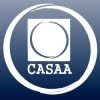





 Store
Store